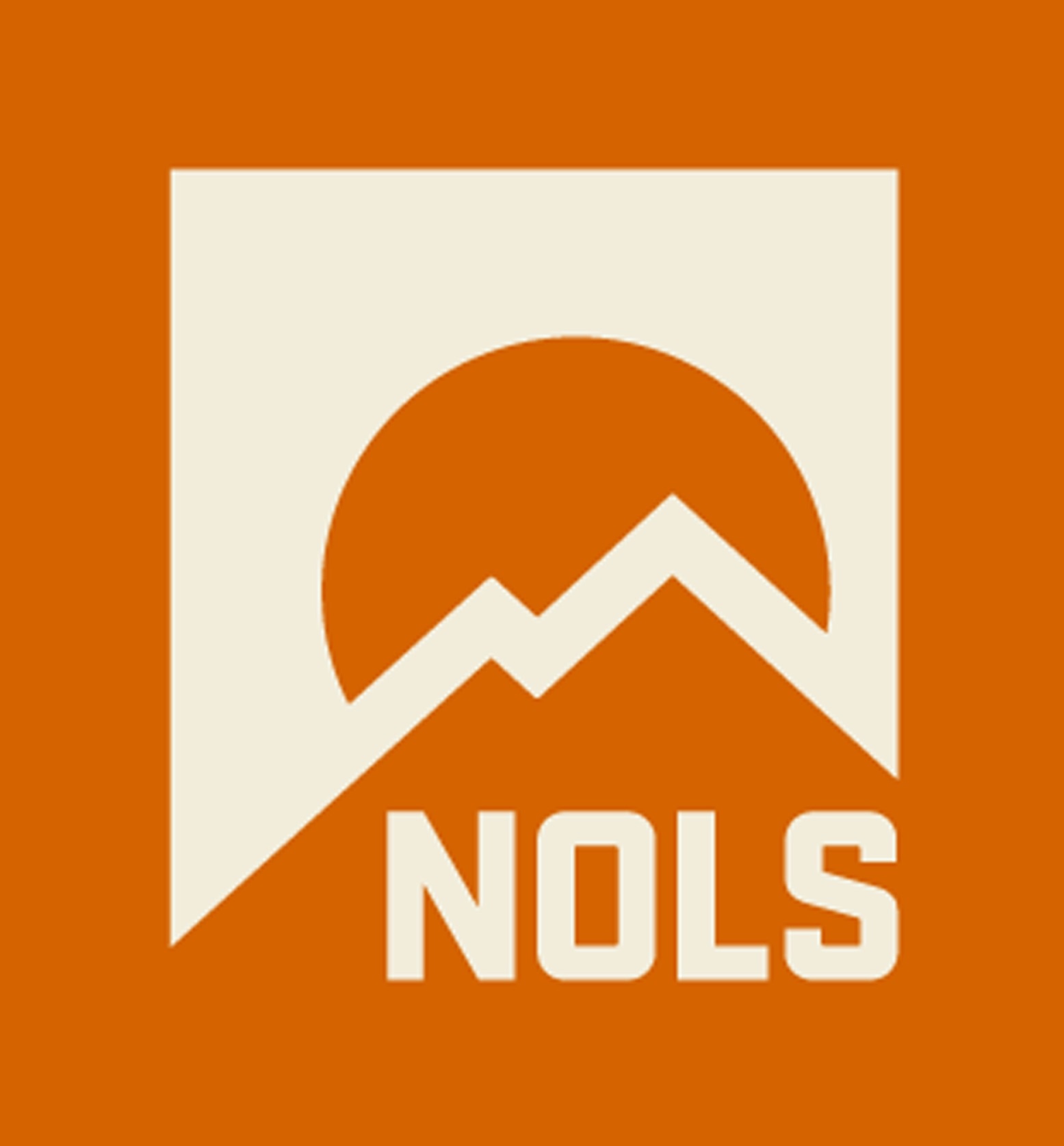At NOLS, our instructors act as coaches and mentors rather than directors who simply tell students what to do. We focus on education and self-development, even if that means letting students make decisions that turn a three-mile day into a thirteen-mile day.
We teach this way because it gives our students more responsibility and ownership over their learning, which helps the lessons stick long after their course ends. When a student has to work out a problem for themselves, they not only learn how to fix that problem, but also how to problem-solve in the future.
We use several different teaching styles to enhance student learning—we’ve outlined some of them below. Which styles suit your ways of learning and teaching?

Inquiry
- Avoid teaching facts, rules, and unbending methodologies.
- Instead, guide students through the learning process by asking carefully crafted questions about the activity.
This process may be time consuming or even frustrating. But, if done well, students find their own solutions to problems, increasing their ability to solve such problems on their own in the future. Inquiry is about the learning process rather than the final product.
Teachers who are good at the inquiry method usually do it in a way that helps the student feel more empowered rather than feeling like an idiot. Front-loading this style can also help deflect negative reactions and help students understand the method. Consider watching and picking up cues from a co-instructor who is well-versed in the inquiry method before trying it yourself for the first time.
Problem Solving Approaches
- Avoid telling students the answer right off the bat.
- Instead, empower students by teaching them systems for dealing with problems so they reach their own solution.
 Solving problems together enhances both individual learning and team cohesion. Photo by Tracy Baynes.
Solving problems together enhances both individual learning and team cohesion. Photo by Tracy Baynes.Individuals and groups of students inevitably bring problems to instructors or other authority figures. If we hand them a quick solution we get the problem solved more quickly, but the opportunity for learning has been lost. The more we can help the student own the solution, the more we empower them to solve future problems on their own.
Like the inquiry method, this only works if it actually helps the student solve the problem at hand; it also requires more time and energy than just handing them the answer.
Allowing Direct Feedback
- Direct feedback is when a student hangs out with a bare head and they get cold.
- Indirect feedback is when the bare-headed student catches grief from an instructor for not having a hat on.
- Help the student see the connection between the bare head and being cold, but also let them get cold so they really feel the direct feedback (as suggested in Klein & Fay's “Love & Logic” book series).
There are obviously many levels to this style, and we need to balance managing risk with letting our students learn from direct experience.
These strategies can be effective in a variety of situations, not just for official "educators." Direct feedback is just as useful to a parent teaching their child about responsibility by letting them leave their bike out in the rain as it is on a NOLS course, and using Inquiry can be a great way to navigate a heated debate among your friends.
Teaching styles adapted from the 11th edition of the Wilderness Educator Notebook, edited by John Gookin and Adam Swisher.



